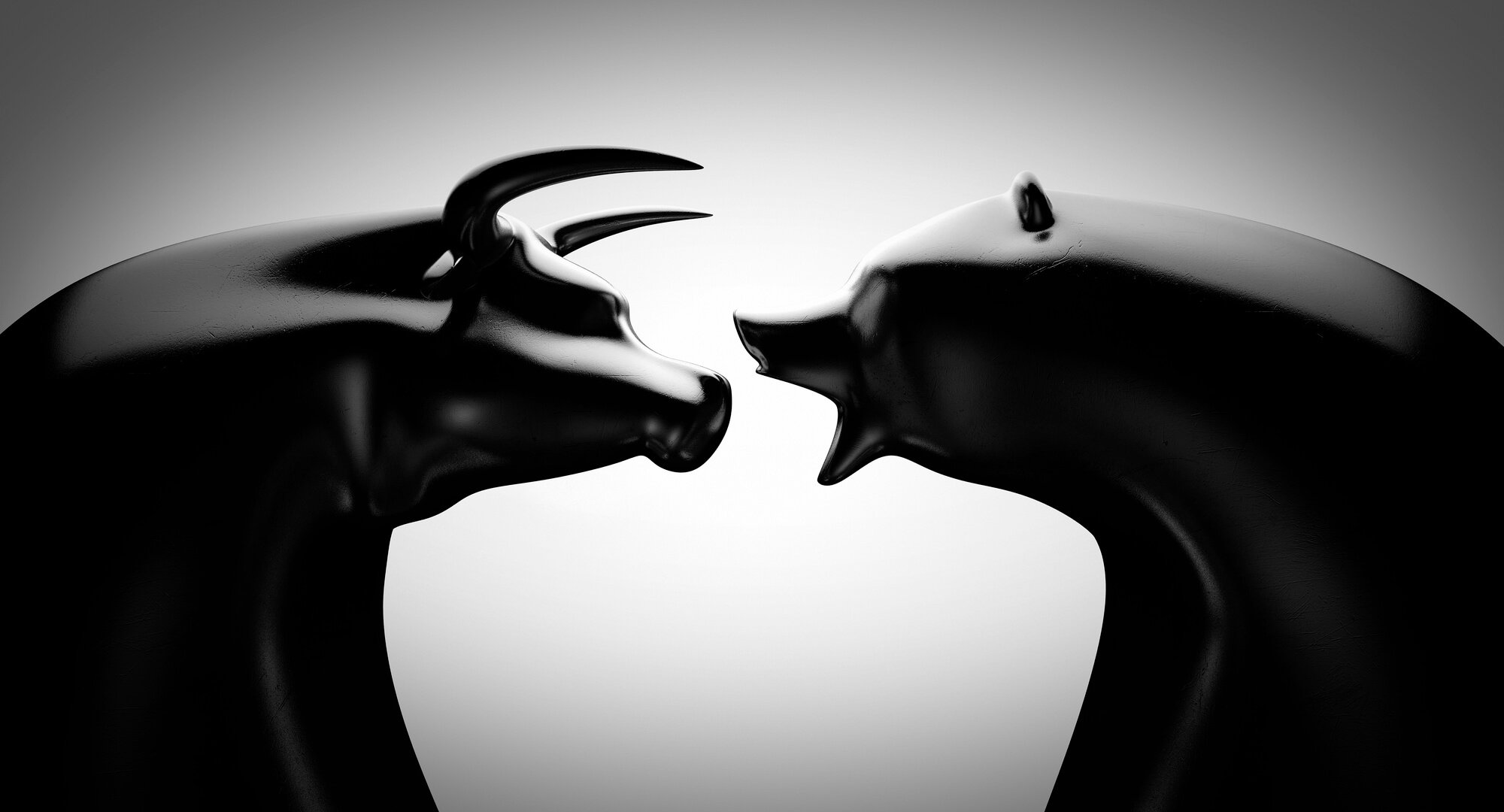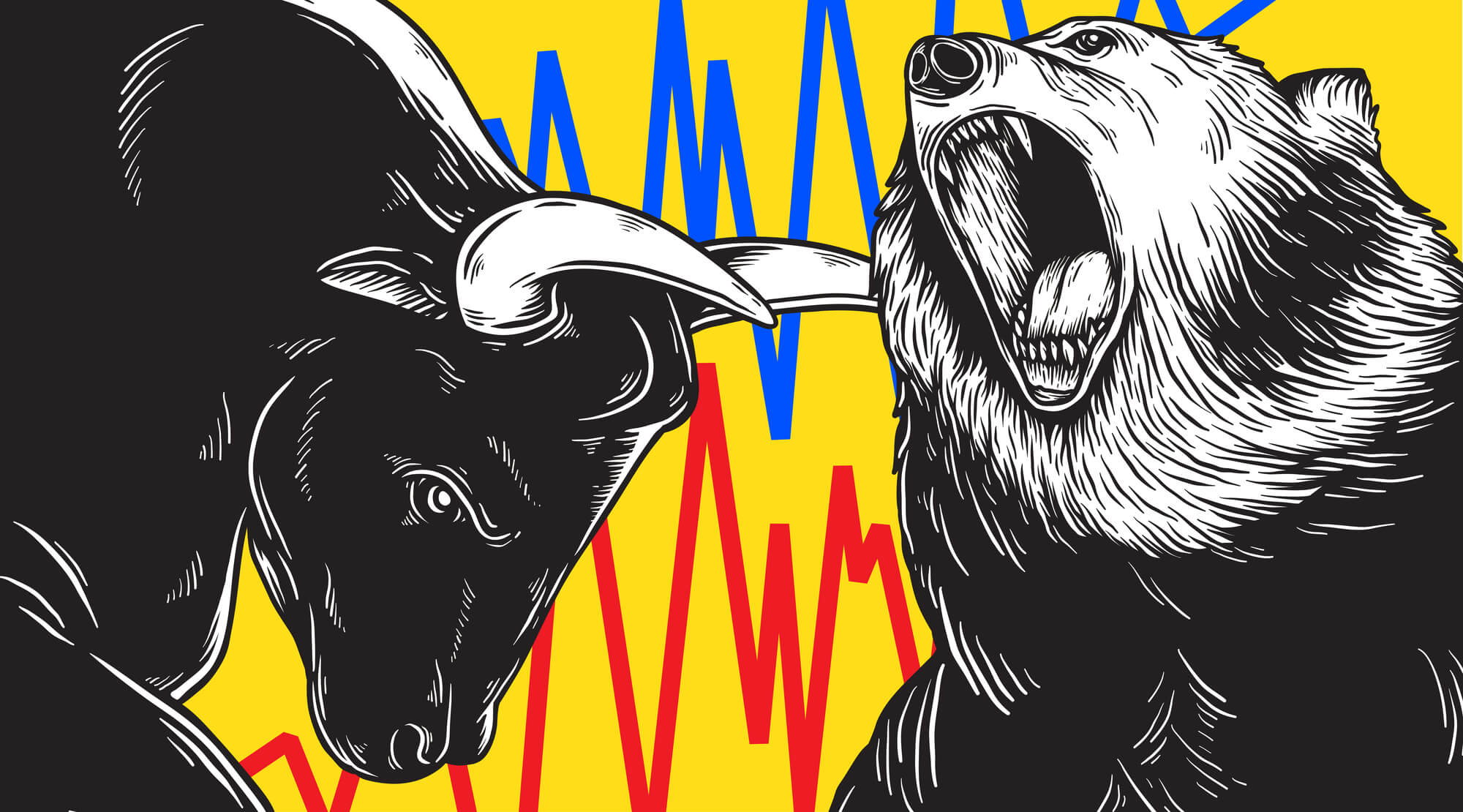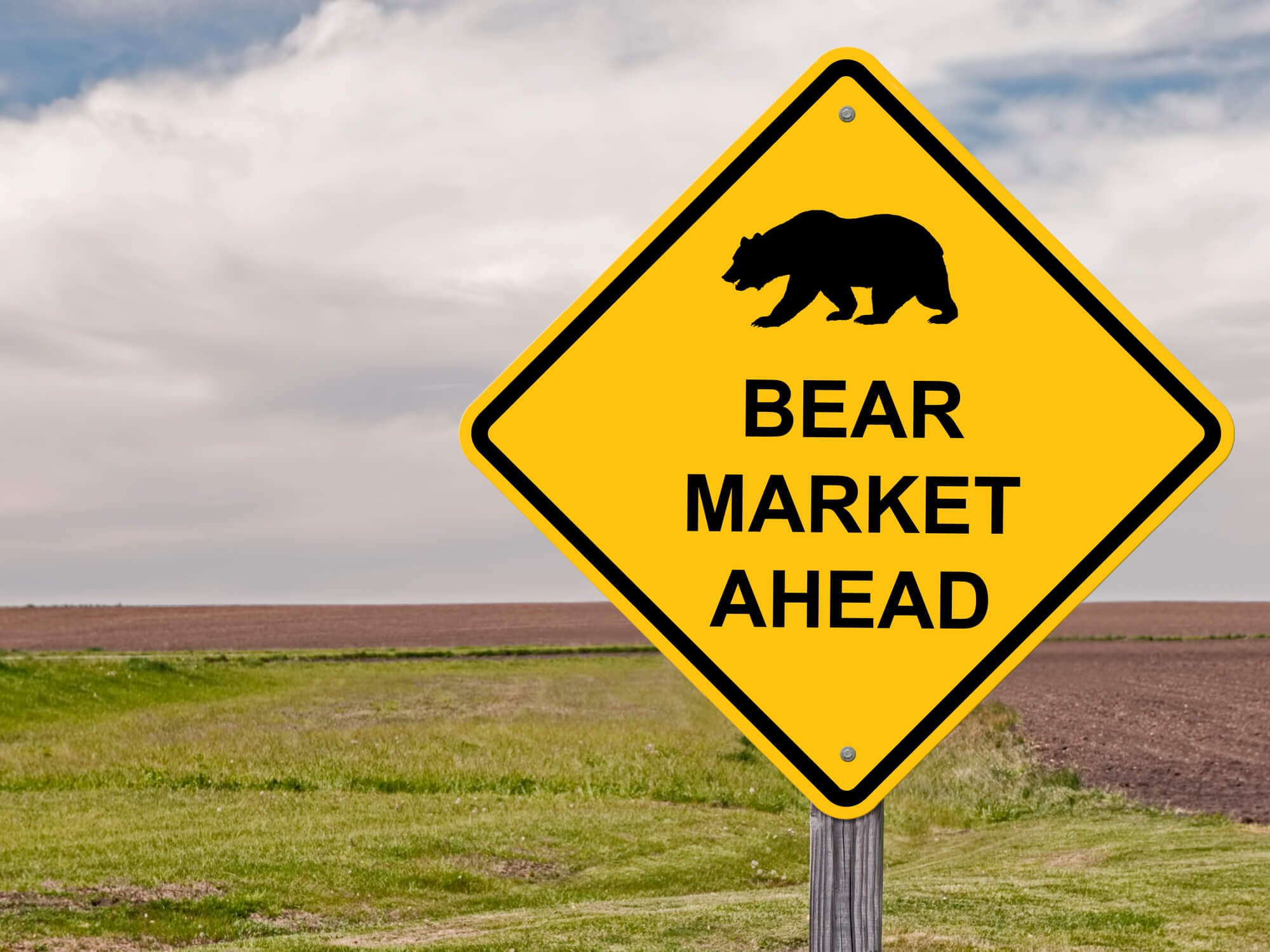Many of your investment decisions are influenced by broad economic trends. It’s common to hear economists and financial experts talk about a bull or a bear market. You’ll even need to adjust your investment strategy depending on these prevailing market conditions. But what exactly defines bear markets? Here’s everything you need to know about bear markets and how they impact your financial posture.

What Defines Bear Markets?
Economists generally define bear markets as those where a major stock index (such as the S&P 500) declines by 20% or more for at least two months. However, the term can also be used more generally to refer to a broad period of stock market decline.
While this is the primary criterion for defining a bear market, economists also point to a small constellation of other economic indicators.
Broad Economic Decline
A decline in stock indexes typically coincides with broad declines in the U.S. economy. Rising unemployment, declining GDP, and widespread inflation can also be associated with a bear market.
Negative Investor Sentiment
Investor sentiment refers to investors’ overall confidence in the stock market. But as stock prices decline, so does investor confidence — and vice versa. Bear markets correlate to strong pessimism among investors, prompting them to look for low-risk assets such as treasury bonds.
Prolonged Duration
How long does a bear market last? Stock market decline has to last at least two months to be classified as a bear market. But a bear market tends to linger, lasting an average of 9 to 10 months.
Cyclical Nature of Bear Markets
Stock prices tend to go through natural periods of growth, stagnation, and decline, so bear markets aren’t unusual. By some estimates, a bear market arrives every 3.5 years, though the exact timing can vary based on the other prevailing conditions listed previously.
Bear Market vs. Bull Market
You may often hear the terms bear market and bull market used in contrast to one another. A bull market is the exact reverse of a bear market, represented by 20% growth in a major stock index for two months or more. But like the term bear market, investors and journalists often use the term to refer to any period of sustained economic growth.
Flattened Markets: Neither Bullish nor Bearish
The stock market doesn’t necessarily have to be bullish or bearish. It’s not uncommon for stock market gains to offset stock market losses or vice versa. This can result in more of a steady, flattened market with no widespread changes or trends.
This doesn’t mean that individual stocks can’t rise and fall in a flattened market. It simply means that the market as a whole is not moving in any discernible direction.
It’s also possible that markets experience short-term swings, either positively or negatively. But if these changes aren’t sustained over the course of at least two consecutive months, the market can be classified as neither a bull nor a bear market.
How Long Does a Bear Market Last?
Forbes magazine reports that the average bear market lasts 289 days, equal to a little more than nine months.
This may sound like a long time, but consider that the average bull market lasts roughly four times as long. On average, bull markets last 991 days, or 2.7 years. This means that even in a bear market, investors can look forward to a brighter future.

When Did the Bear Market Start in 2022?
Based on data from the NASDAQ, the 2022 bear market began on June 13. However, data from the S&P 500 suggests that the bear market began sometime in April.
The reasons for the decline are numerous. The global supply chain crisis, runaway inflation, and lingering COVID concerns have had a negative impact on the U.S. economy. While the stock market had initially recovered from the 2020 slump, these economic factors have pushed the stock market into bearish territory.
How Long Will the Bear Market Last?
Is there an end in sight to the U.S. bear market? If the current bear market lasts the average length (289 days), then we might expect the bear market to end as early as January 2023 or as late as the end of March 2023.
But that assumes that the conditions that triggered the present bear market will have been addressed by then. While gas prices have been falling, inflation remains a problem for consumers and corporations alike. By some estimates, Americans won’t see relief until later in 2023 or even as late as 2025. This means that the current bear market may last longer than investors may prefer.
How to Invest in a Bear Market
A bear market doesn’t mean you have to pause your investments. Here are some tips to help you maintain and even grow your portfolio during a bear market.
Don’t Panic
There’s a strong possibility that you could lose some money in the short term. The companies in your investment portfolio may experience some decline, just as virtually every other company in the market index. But don’t jettison these companies just because they’re struggling at the moment.
Instead, focus on your long-term goals. Sure, your investment portfolio might be experiencing a momentary hit, but if you weather the present season, the next bull market could be to your advantage. This means that your long-term financial strategy can still win out, regardless of how the market does at any given point in time.
Diversify Your Portfolio
Diversification is a wise strategy even outside of a bear market, protecting you in the event any one sector takes a significant hit. Purchasing an index fund or mutual fund can be a great way to achieve instant diversity, adding companies whose gains can offset any losses experienced by a particular industry or sector.
Use the Dollar-Cost-Averaging Method
One of the most anxiety-provoking parts of investing is the initial buying process. Is this the lowest price? What if it drops tomorrow? The solution is found in the dollar-cost averaging method.
Rather than buy, say, 50 shares of stock all at once, spread your purchase out over the course of days or even weeks. This means that even if the price should fluctuate, your actual purchase price will average over the course of time. This protects you from major price swings, ensuring you don’t overspend.
Look for Good Prices on Large-Cap Stocks
Large-cap stocks are typically large, stable corporations with a long history of resilience and profitability. During a bear market, even these companies can experience a downturn, which might be your time to cash in. Seize the moment by purchasing shares of a large corporation at historically-low prices. Then, you can reap the profits when the market restabilizes.
The short-term gains might not be dramatic, but these companies are called growth stocks for a reason. Keeping these companies in your portfolio adds some stability and can also provide sustained increases as you move toward the future.
Avoid Risk
There’s a time and a place to invest in that trendy new startup, but a bear market just isn’t it. Stay away from investing in new companies, regardless of any rumors you might hear of their meteoric success. The present economy isn’t kind to smaller businesses, which makes these a bad option for investors.
If you decide to invest in a startup anyway, make sure your portfolio is balanced with diverse shares of larger, stable companies to protect your overall investments.

Get Help from the Pros
One of the best ways to weather a bear market is by leveraging the latest advice and data. Gorilla Trades members get access to both our comprehensive resource library and stock research tools. Sign up today for a free trial, and enjoy 30 days of stock alerts delivered straight to your inbox.




